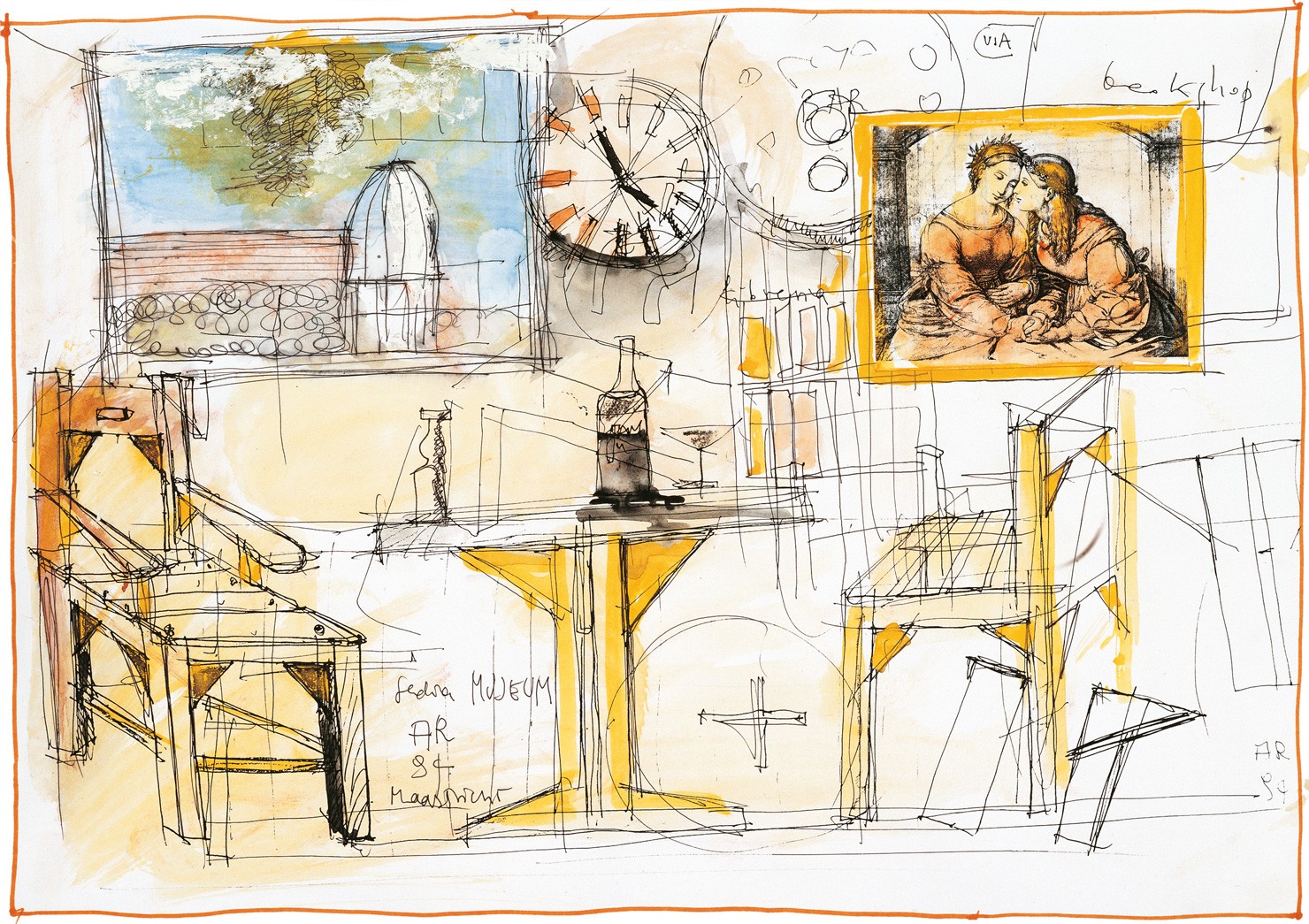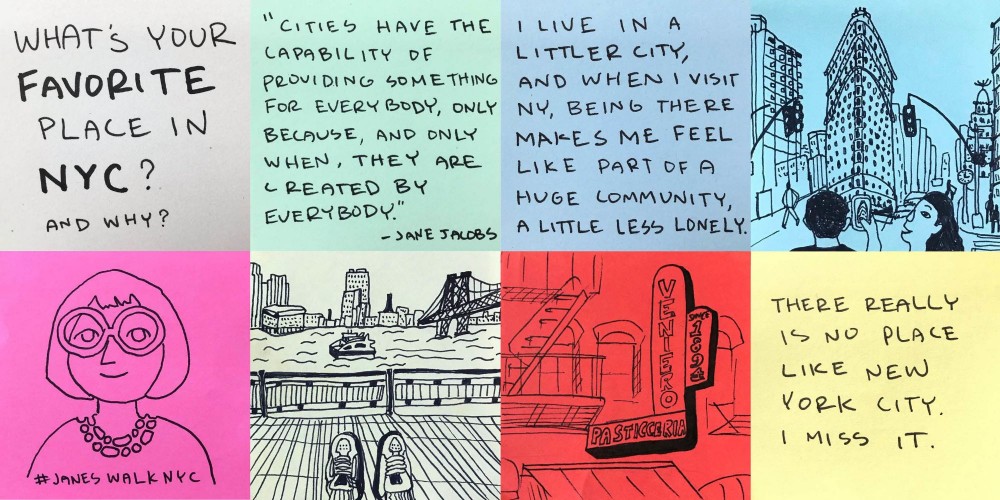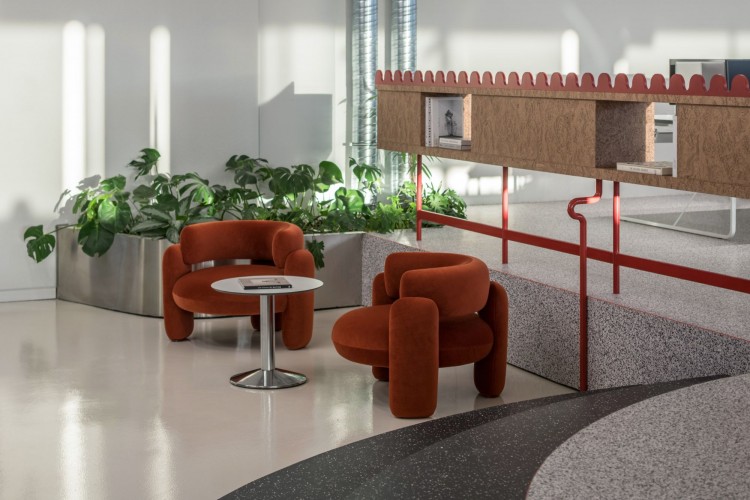Οι κλίμακες του Aldo Rossi
DS.WRITER:
Τάσος Γιαννακόπουλος
Κεντρική Εικόνα: Aldo Rossi, sketch | tumblr.com
Ο Aldo Rossi (1931-1997) αποτελεί μια πολύ ιδιαίτερη φιγούρα στην ιστορία του design και της αρχιτεκτονικής. Αποτελεί ένα ιδιαίτερο μάθημα λογικής, συναισθήματος και αναθεώρησης, αλλά και σχεδόν αναπάντεχα σοκαριστικής συνέπειας. Ξεκίνησε με το βιβλίο του Η Αρχιτεκτονική της Πόλης (1966), όπου επιχείρησε να σχηματίσει για την αρχιτεκτονική ένα αυτόνομο, λογικό, επιστημονικό πεδίο και, αφού υπέστη το σοκ της λογικότητας και αποτελεσματικότητας της Αμερικής όπως όλοι μας, κατέληξε να γράφει την Επιστημονική Αυτοβιογραφία όπου πια προσπαθεί να περιγράψει τον σχεδιασμό και τη σύνθεση μέσα από τις πιο προσωπικές του ιστορίες και μνήμες και αισθήσεις και διαθέσεις, προκειμένου να δώσει την πιο ολοκληρωμένη εικόνα για το αντικείμενο στο οποίο αφιέρωσε τον χρόνο του.
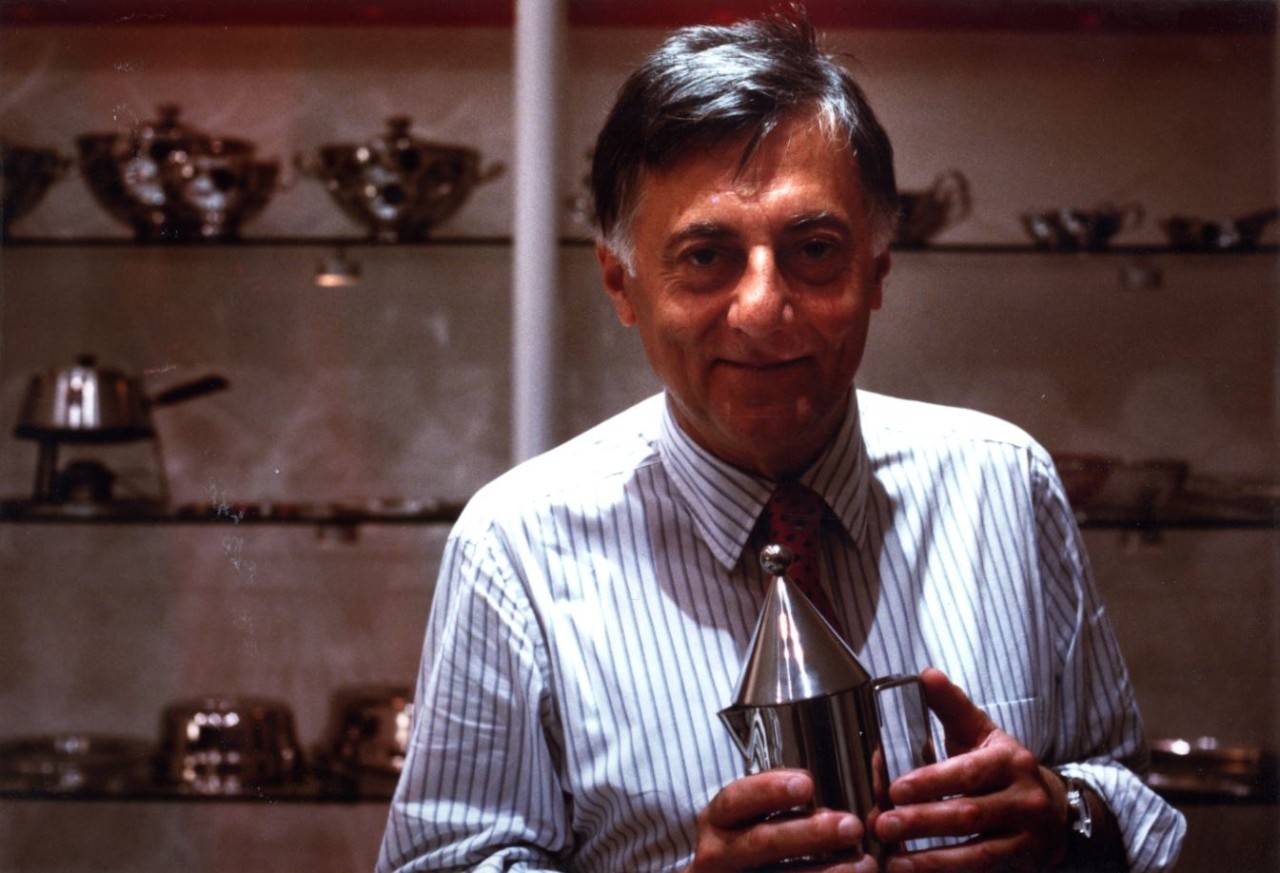
Aldo Rossi | designbest.com
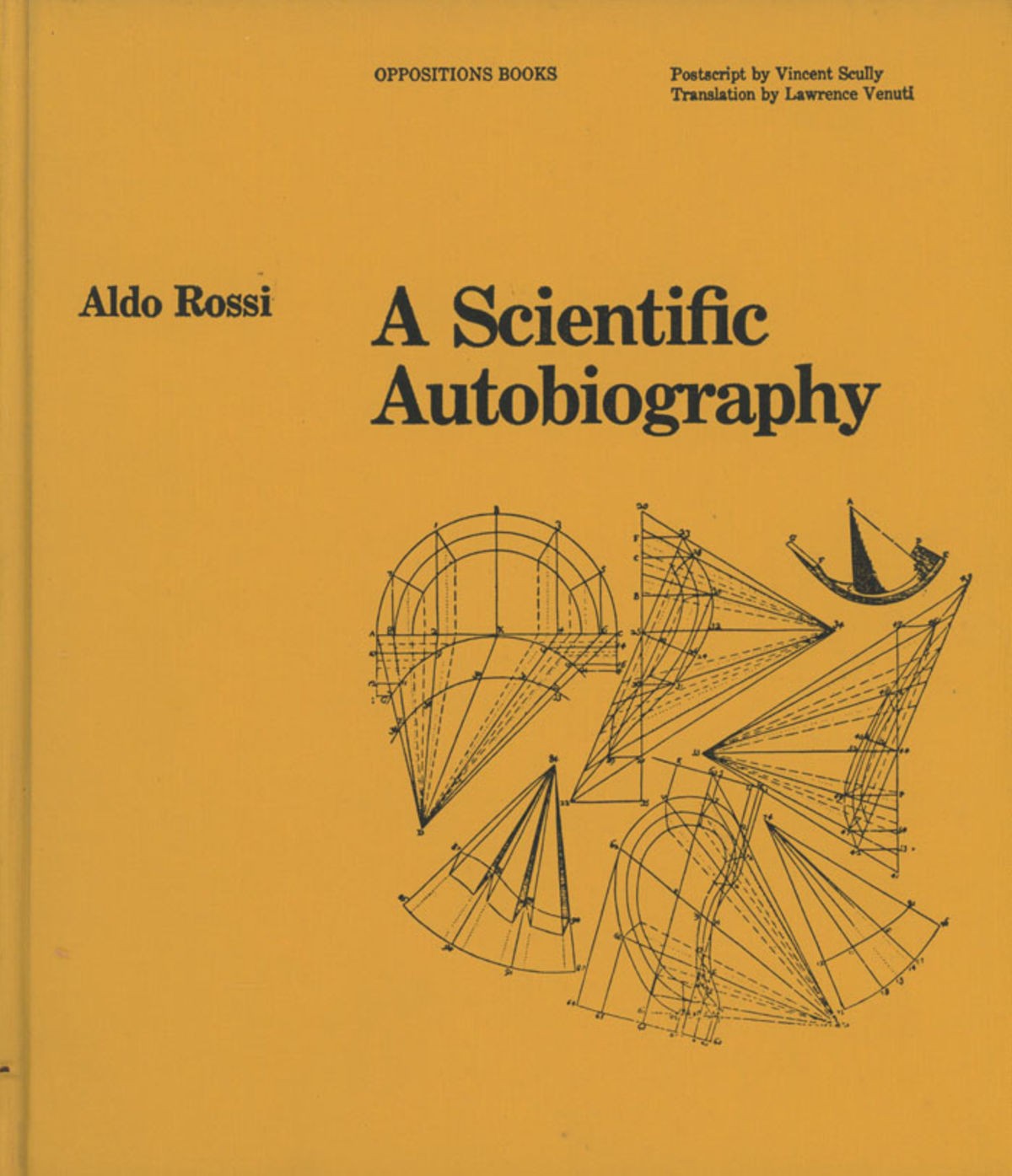
A Scientific Autobiography | divisare.com
Ήταν σαφώς μοντερνιστής στην ψυχή -γιατί ποιος μπορεί να σχεδιάσει διακόσια μέτρα μονότονο κτήριο όπως αυτό στο Gallaratese του Μιλάνο αν δεν είσαι τόσο μοντερνιστής;- αλλά κατατάσσεται γενικά ως ένας από τους κύριους εκφραστές του ευρωπαϊκού μεταμοντερνισμού. Κατά πάσα πιθανότητα, επειδή ασχολείται με τη σχέση ιστορίας και συλλογικής μνήμης και έκφρασης, όντας γνήσιος πνευματικός γόνος του Brunelleschi και του Palladio. Έχει εξαιρετικό ενδιαφέρον, που στη σχολή αρχιτεκτονικής στο Politecnico di Milano τού έλεγαν γενικά πως δεν κάνει για το αντικείμενο και ήταν σχετικά κακός φοιτητής, και καταλήγει να δημιουργεί μορφές που συγκεράζουν αρχιτεκτονική και design. Χρησιμοποιεί τη μορφή στα καλύτερά της, οδηγούμενος από μια πλατωνική τελειότητα που ορισμένες φορές οι ίδιες φόρμες γίνονται κτήρια και άλλες φορές καφετιέρες. Εξάλλου, αν κάτι λειτουργεί καλά, μάλλον λειτουργεί σε όλες τις κλίμακες.
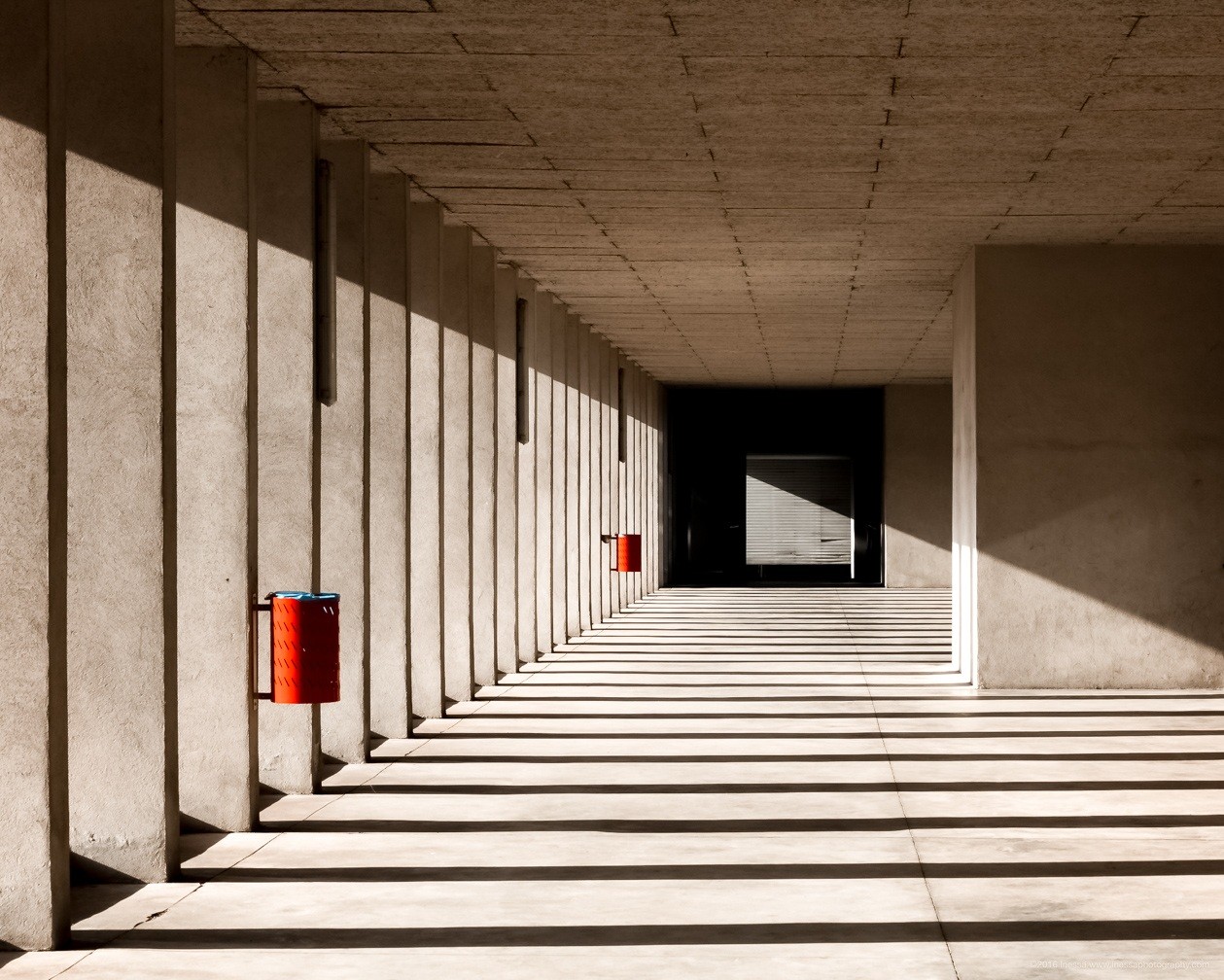
Galaratesse, Milan | inessabinenbaum.com
Αυτό που εννοείται εδώ, είναι πως όταν σχεδιάζει αντικείμενα ή έπιπλα ο Rossi, εφαρμόζει την ίδια σχεδιαστική γλώσσα που χρησιμοποιούσε στην αρχιτεκτονική. Εφαρμόζοντας τη λογική του έτερου Ιταλού σχεδιαστή Ernesto Rogers, που είχε στόχο να σχεδιάζει από κουτάλια έως πόλεις, ο Aldo Rossi άλλαζε με άνεση από τη μεγάλη στη μικρή κλίμακα, στοχαζόμενος με -και πάνω σε- αυτά, και δημιουργώντας εν τέλει “αντικείμενα στοργής”. Ξεφεύγοντας και εμπλουτίζοντας τις σχετικά ψυχρές πλατωνικές φόρμες, αντλούσε από μνήμες από ταξίδια και μέρη που του ήταν αγαπημένα, όπως οι καμπίνες του Έλβα, οι θόλοι από καθεδρικούς και μνημεία, αρχιτεκτονικές στέψεις, τη γλώσσα αρχαίων αρχιτεκτονικών -πύργων, τυμπάνων, κιόνων και παραθύρων- και, φυσικά, τα αγαπημένα του τρίγωνα, κώνους, πυραμίδες και σφαίρες. Έτσι γεννήθηκαν οι αθάνατες καφετιέρες La Cupola και La Conica μαζί με τα προϊόντα της Alessi.
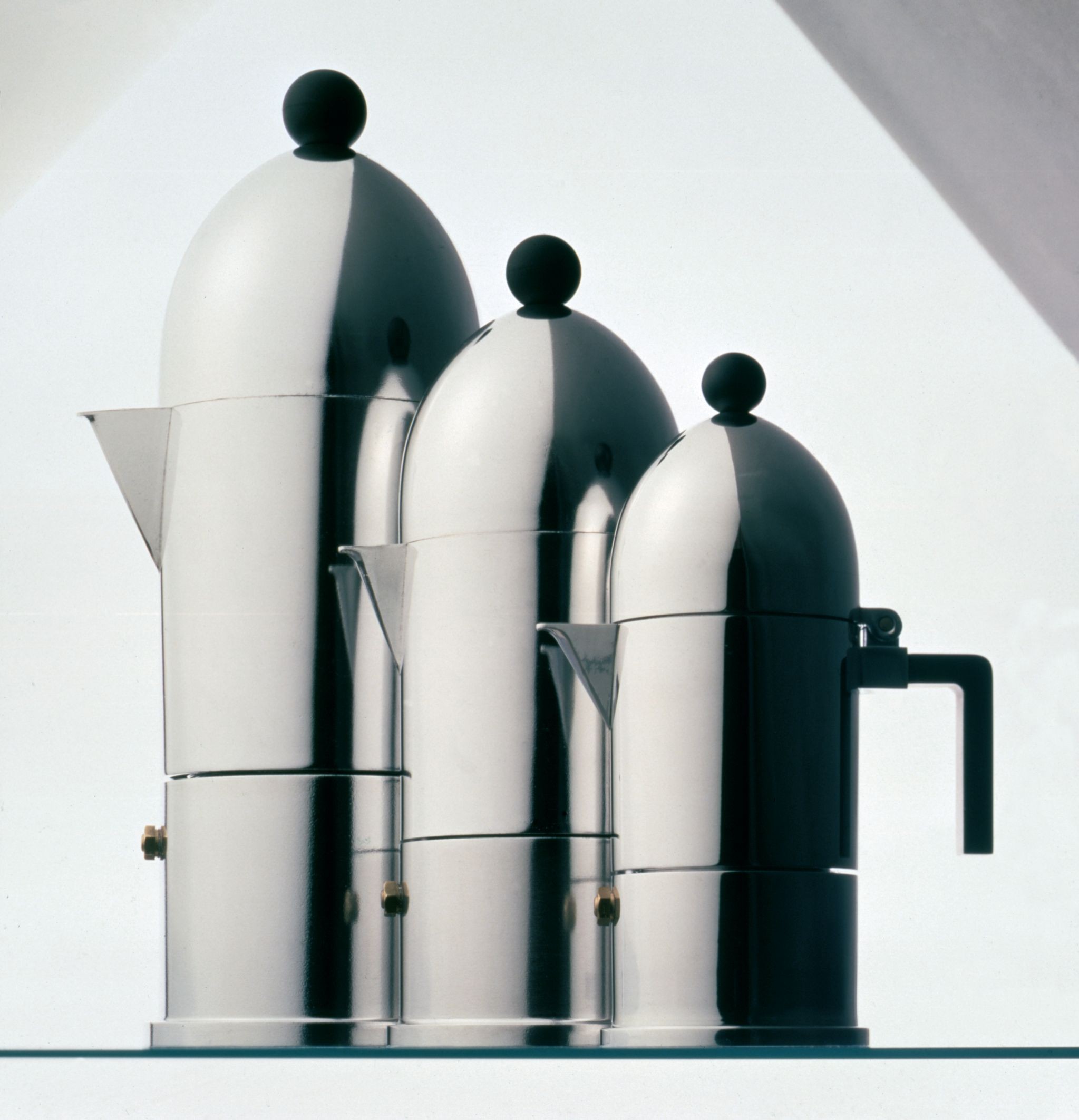
La Cupola | pinimg.com

La Conica | hivemodern.com
Δημιουργούσε επιτραπέζιες αστικότητες με τα αντικείμενα design του, που αποτελούσαν κατοικήσιμες κατασκευές έχοντας σαφές εσωτερικό και εξωτερικό με στόχο να βιωθούν, και που η εναλλαγή του χρήστη, καφέ ή ανθρώπου, δεν επηρέαζαν την τελική μορφή. Στην Triennale του Mario Bellini του 1986 με τον τίτλο “το οικιστικό έργο” (“the domestic project”), φαίνεται η λαϊκή απήχηση που είχε και ακόμη έχει το βιομηχανικό design στην Ιταλία. Στην έκθεση εμφανίζονται μαζί 26 σχεδιαστές και καλλιτέχνες, ερμηνεύοντας τα αρχέτυπα της κατοικίας για τη μοντέρνα εποχή. Στην προθήκη του Rossi στην έκθεση, ο βραστήρας και οι καφετιέρες τοποθετούνται υπερ-μεγεθυμένοι σε ένα τεράστιο ράφι: έτσι ερμήνευσε την ιδέα του χώρου κατοικίας, όπου τα αντικείμενα είναι συμβολικά μέρη εκείνου του θεάτρου που κινείται ο άνθρωπος, συνεισφέροντας στη δημιουργία του σεναρίου της ύπαρξης.
